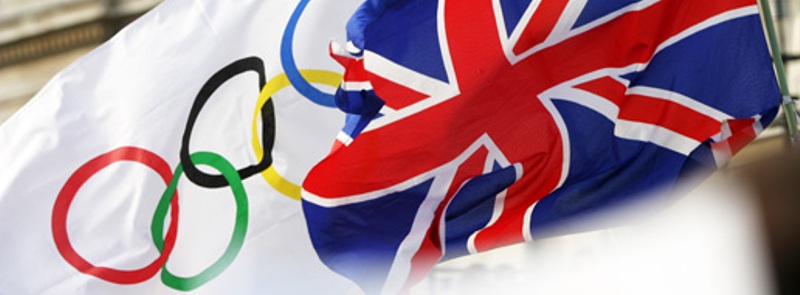
London's 2012 Olympic Stadium may have a future as an 80,000 seater soccer arena if city officials succeed in including it as part of England's bid to stage the 2018 World Cup finals.
London United, the body organising which of the capital's stadiums should be part of the World Cup bid, the Olympic Stadium have confirmed, along with Arsenal's Emirates Stadium and Tottenham Hotspur's proposed new stadium, is part of their plans.
Should England host the 2018 World Cup, Wembley would be used for the opening match and the final and it is unlikely that three other London venues would also be used.
"London United would like to put the Olympic stadium forward as a potential venue for the 2018 World Cup bid," a London United spokesman told Reuters.
Sebastian Coe, the London Olympic Committee (LOCOG) chairman and part of the 2018 bidding team, insists that the legacy use of the stadium will be chiefly athletics, with the Games capacity of 80,000 being scaled back to around 30,000 seats.
In July Olympics Minister Tessa Jowell ruled out the Olympic Stadium being used for the 2018 World Cup, however the newly formed Olympic Park Legacy Company, responsible for planning post-Games use of the venues, has not ruled out the idea of it being retained at its larger capacity.
"The Olympic Park Legacy Company is currently looking at the legacy use of the Olympic venues including the stadium," a spokesman said. "Nothing is ruled out and nothing is ruled in, at this stage.
"It is taken as read that the stadium will fulfil all its legacy obligations in terms of elite sport. Between now and Christmas, we will work through our review to determine the best additional uses of the stadium and its optimum size.
"We remain supportive of London's 2018 World Cup bid."
The 16 English cities bidding to be included in the 2018 bid must submit their proposals before the end of November with a decision on what 12 cities will be chosen in December.
London United, the body organising which of the capital's stadiums should be part of the World Cup bid, the Olympic Stadium have confirmed, along with Arsenal's Emirates Stadium and Tottenham Hotspur's proposed new stadium, is part of their plans.
Should England host the 2018 World Cup, Wembley would be used for the opening match and the final and it is unlikely that three other London venues would also be used.
"London United would like to put the Olympic stadium forward as a potential venue for the 2018 World Cup bid," a London United spokesman told Reuters.
Sebastian Coe, the London Olympic Committee (LOCOG) chairman and part of the 2018 bidding team, insists that the legacy use of the stadium will be chiefly athletics, with the Games capacity of 80,000 being scaled back to around 30,000 seats.
In July Olympics Minister Tessa Jowell ruled out the Olympic Stadium being used for the 2018 World Cup, however the newly formed Olympic Park Legacy Company, responsible for planning post-Games use of the venues, has not ruled out the idea of it being retained at its larger capacity.
"The Olympic Park Legacy Company is currently looking at the legacy use of the Olympic venues including the stadium," a spokesman said. "Nothing is ruled out and nothing is ruled in, at this stage.
"It is taken as read that the stadium will fulfil all its legacy obligations in terms of elite sport. Between now and Christmas, we will work through our review to determine the best additional uses of the stadium and its optimum size.
"We remain supportive of London's 2018 World Cup bid."
The 16 English cities bidding to be included in the 2018 bid must submit their proposals before the end of November with a decision on what 12 cities will be chosen in December.

